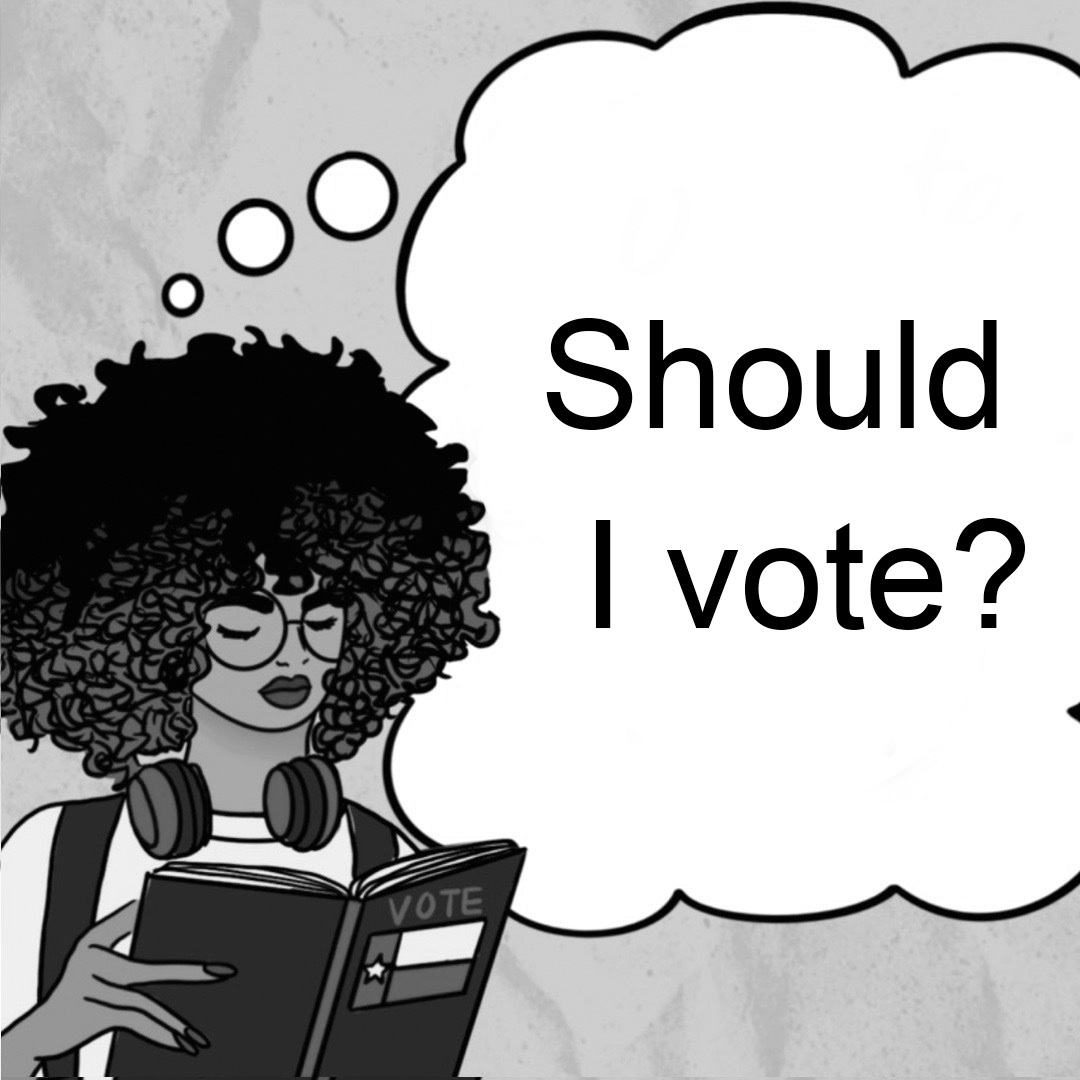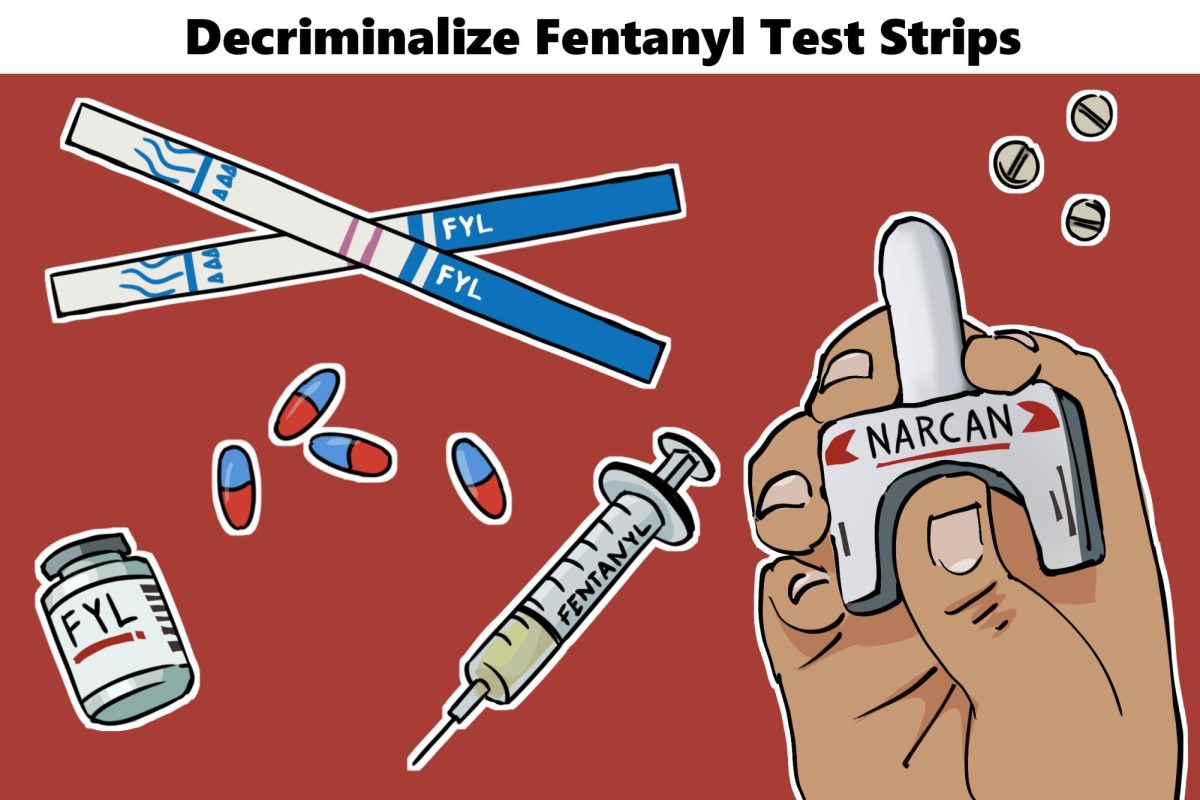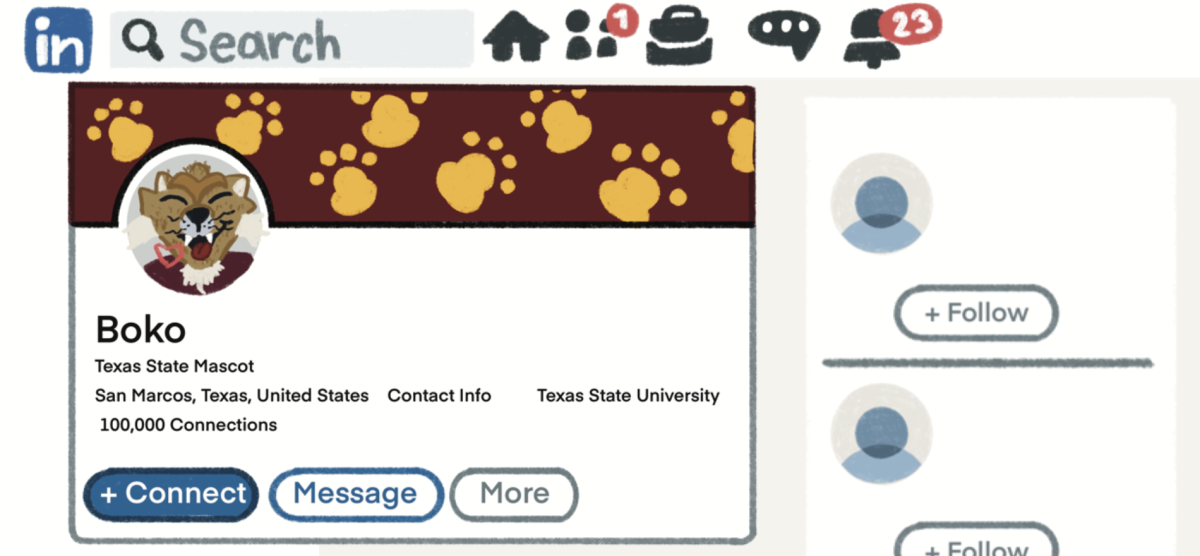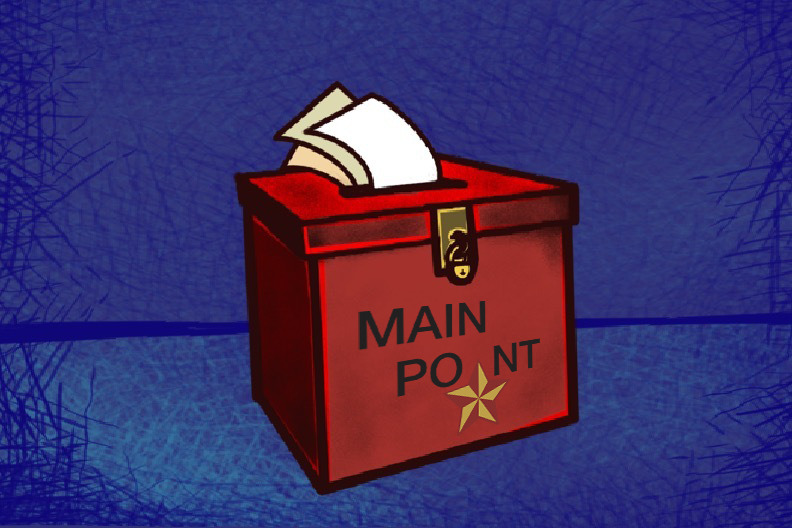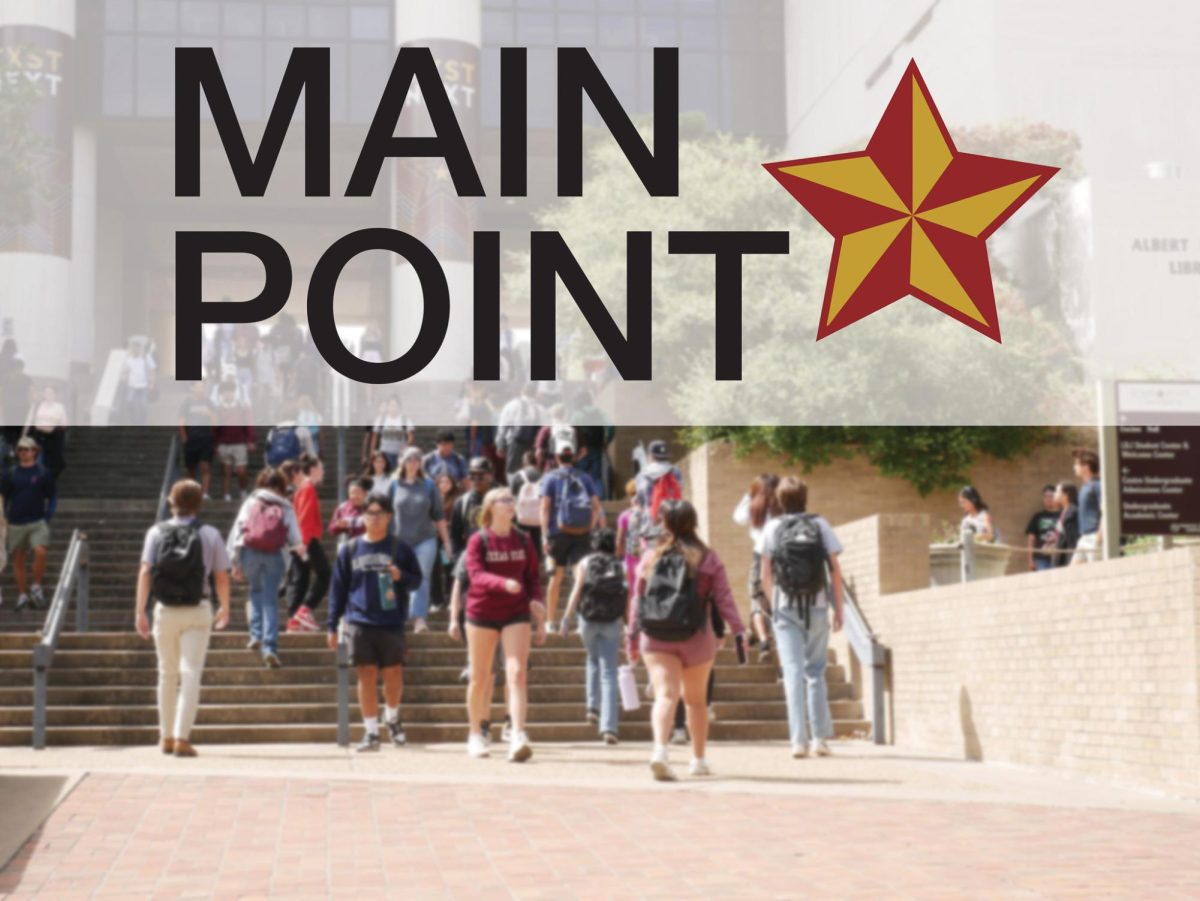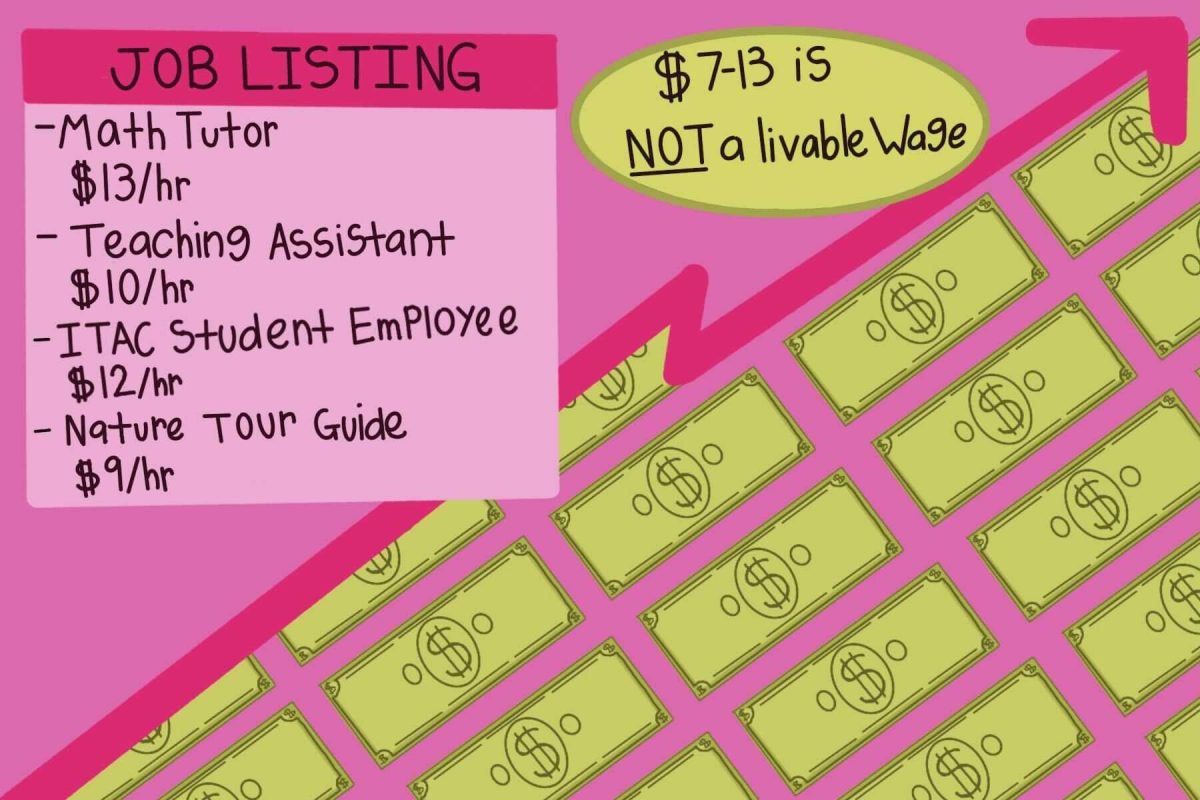During the spring 2020 semester, Texas State distributed its first round of Bobcat Cares grants, providing $30 million in relief funds, $15 million of which was allocated to students. This past February, the university announced it would distribute additional aid to students financially impacted by the COVID-19 pandemic.
To apply to receive last spring’s Bobcat Cares grants, students were required to complete an online application on the university’s website through the Bobcat Online Scholarship System (BOSS). While filling out the application, students were able to explain how the pandemic had impacted them financially and why they qualified to receive emergency funds.
For this spring’s Bobcat Cares grants, which totaled around $9 million, there were two rounds of funds. However, some students were left confused about why they were denied financial aid, as reported by The University Star.
FAFSA does not display whether a student is able to pay their rent due to unemployment, a consequence of the ongoing pandemic. A student’s FAFSA does not contain a student’s medical bills that exist due to hospitalization for or treatment of COVID-19.
A student’s FAFSA contains tax records, records of her, his or their untaxed home and records of their assets — none of which are directly related to COVID-19.
Understandably, Texas State wanted to distribute aid to students based on their financial needs. However, the university should have allowed students to explain their financial needs based on the pandemic. The university should have also distributed funds based on COVID-19’s effects and not FAFSA alone.
Students have the right to feel upset and blindsided by the university. When the university helps its students, these conversations do not have to take place.
A few weeks after distributing the first round of emergency grants, the university distributed the second round of money. However, students who received the money in the second round were given significantly less than the students who received aid in the first round, consequently making students feel as if the university was giving them scraps.
Texas State should have provided students the space to express their struggles and demonstrate their funding needs. Students deserved the opportunity to do as much, just as they were granted in 2020.
As Texas State contemplates when it will open applications for summer and fall 2021 funding, which it has promised students, the hope is that it will learn from its shortcomings.
– Nadia Gonzales is a public relations junior
The University Star welcomes Letters to the Editor from its readers. All submissions are reviewed and considered by the Editor-in-Chief and Opinion Editor for publication. Not all letters are guaranteed for publication.
Correction: An earlier version of this story stated that the financial grants process was based off of a student’s 2020-21 FAFSA filing. It has since been corrected; we deeply apologize for this error.
Opinion: Bobcat Cares aid was haphazardly distributed
Nadia Gonzales, Opinion Columnist
March 29, 2021
0
Donate to The University Star
Your donation will support the student journalists of Texas State University. Your contribution will allow us to purchase equipment and cover our annual website hosting costs.
More to Discover



